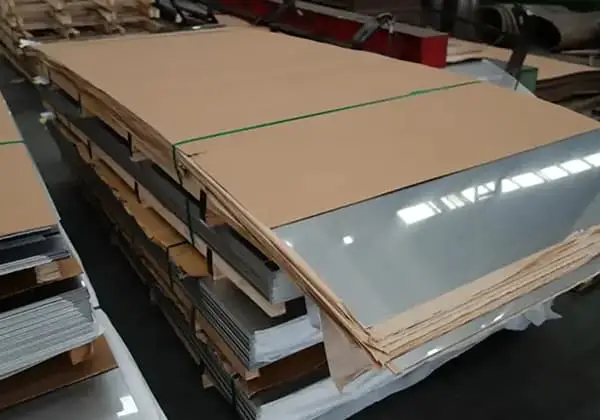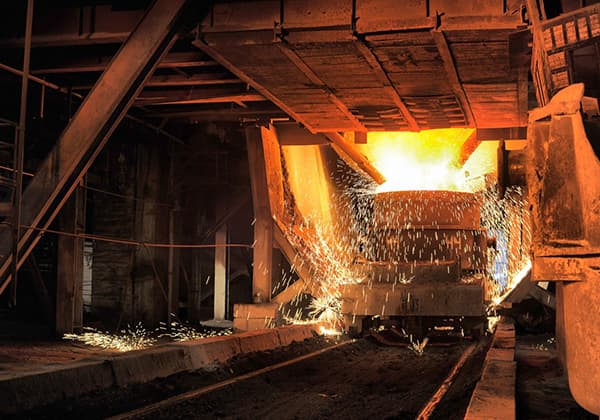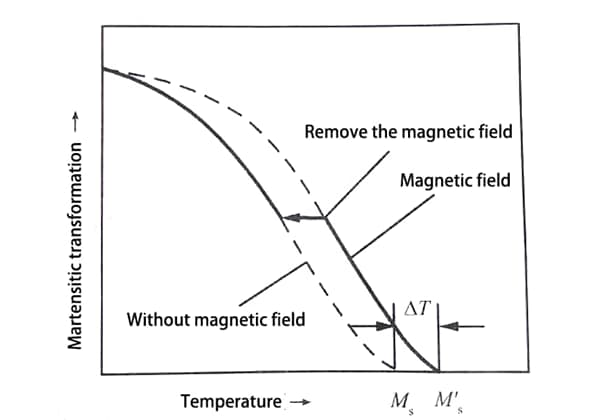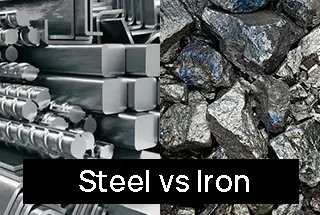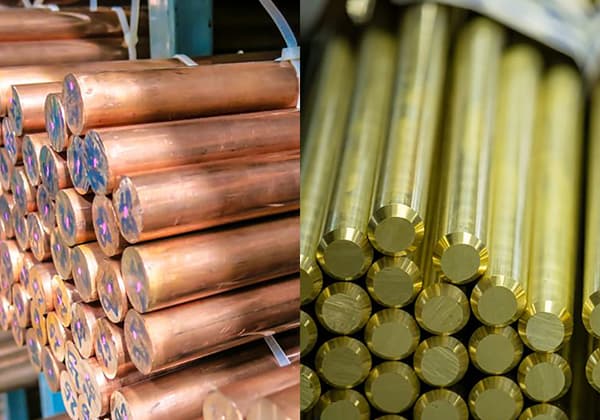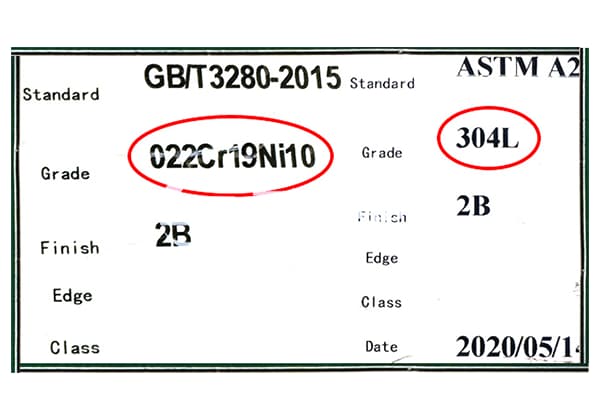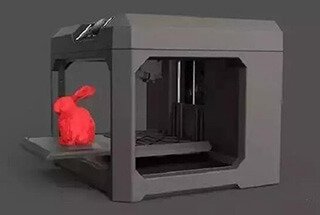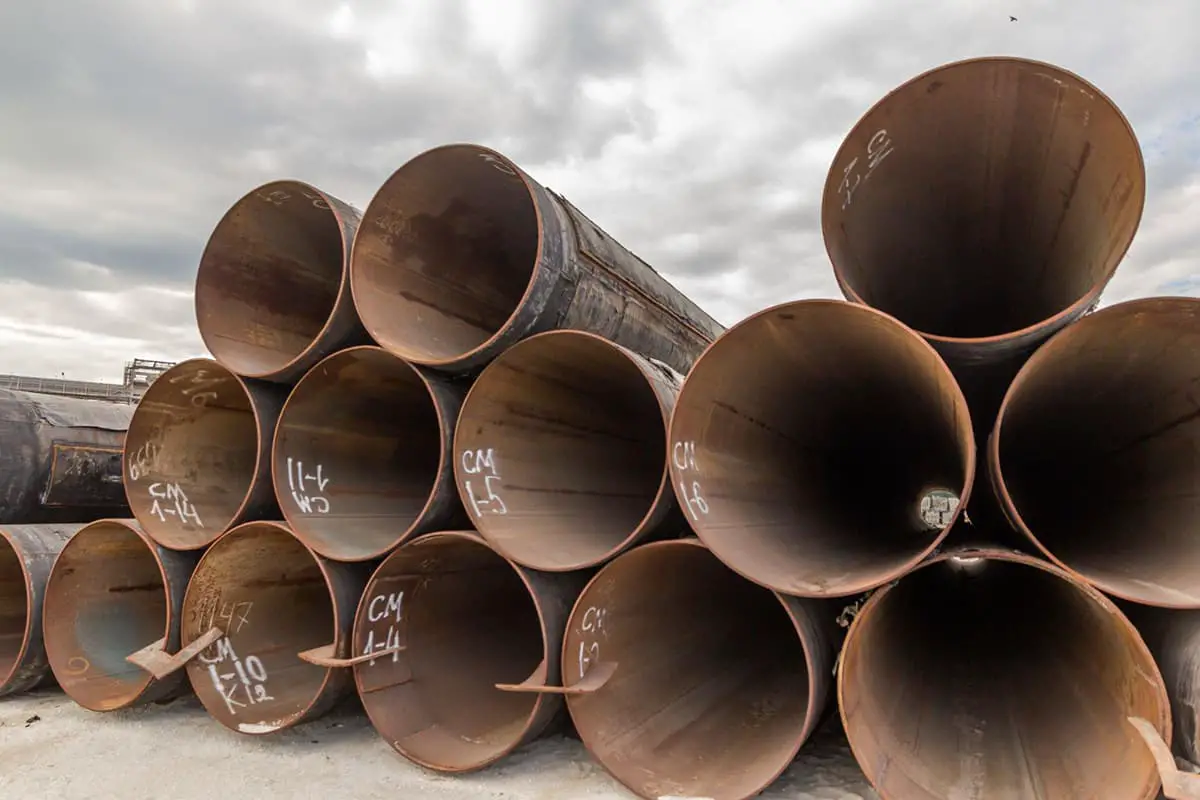
Have you ever bought a 1.5mm stainless steel sheet only to find it’s actually thinner? This common issue stems from the allowable thickness deviations set by standards. In this article, we’ll explore the actual versus nominal thickness of stainless steel sheets, detailing the permissible tolerances according to national and international standards. You’ll understand why these discrepancies occur and learn what to expect when purchasing to ensure your projects meet the required specifications.
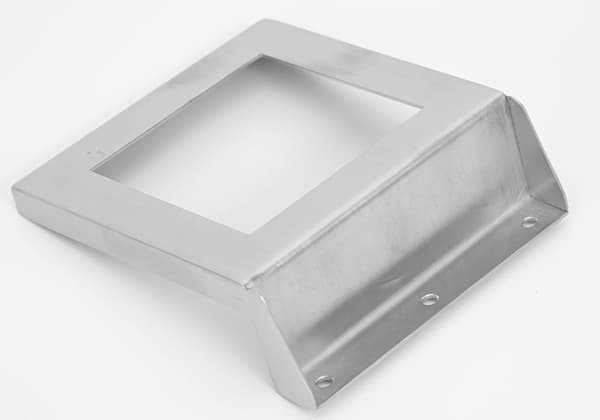
The actual thickness of a nominally 1.5mm thick stainless steel plate can vary slightly from the stated value due to manufacturing tolerances. In the metal fabrication industry, these variations are governed by international and national standards to ensure consistency and quality.
For stainless steel sheets with a nominal thickness of 1.5mm, the actual thickness typically falls within a specified tolerance range. According to most international standards, such as ASTM A480/A480M and EN 10029, the allowable thickness tolerance for cold-rolled stainless steel sheets in this thickness range is usually ±0.08mm to ±0.10mm.
Therefore, a 1.5mm nominal thickness stainless steel sheet could have an actual thickness between approximately 1.40mm and 1.60mm and still be considered within acceptable limits. The specific tolerance may vary slightly depending on the grade of stainless steel (e.g., 304, 316) and the manufacturing process used.
In the case of a measured thickness of 1.3mm for a nominally 1.5mm sheet, this would generally be considered outside the standard tolerance range. However, it’s crucial to verify the measurement using calibrated instruments and to check the specific tolerance standards applicable to the purchased material, as they can vary by region, manufacturer, or specific application requirements.
The difference between standard (nominal) and actual thickness is a common feature in metal manufacturing, primarily due to the rolling process and subsequent finishing operations. While the actual thickness is often slightly less than the nominal thickness to optimize material usage, it should still fall within the specified tolerance range to meet quality standards and ensure proper performance in various applications.
When purchasing stainless steel sheets for precision applications, it’s advisable to consult with the supplier about specific tolerance requirements and to request material certificates that confirm compliance with relevant standards.

What is the national standard for the thickness tolerance of a 1.5mm cold-rolled stainless steel sheet?
The national standard for the thickness of a 1.5mm cold-rolled stainless steel sheet is specified in GBT3280-2015 Cold Rolled Stainless Steel Plate and Strip.
The actual thickness of a 1.5mm stainless steel sheet must conform to the following guidelines:
Allowable thickness deviation of 1.5mm stainless steel plate
| National standard | Tolerance requirements (unit: mm) | |||||||
|---|---|---|---|---|---|---|---|---|
| Standard name | Situation | PT.A | PT.B | |||||
| GB/T3280-2015 Cold Rolled Stainless Steel Plate and Strip | Wide steel strip and rolled steel plate, longitudinal wide steel strip and rolled steel strip | Width case | <1250 | 1250~2100 | 600~<1000 | 1000~<1250 | 1250~2100 | |
| Tolerance | ±0.12 | ±0.15 | ±0.07 | ±0.08 | ±0.10 | |||
| Narrow steel strip and coiled steel strip | PT.A | PT.B | ||||||
| Width case | <125 | 125~<250 | 250~<600 | <125 | 125~<250 | 250~<600 | ||
| Tolerance | ±0.035 | ±0.04 | ±0.045 | ±0.03 | ±0.035 | ±0.04 | ||
The minimum thickness requirements for 1.5 mm nominal thickness stainless steel plates are governed by international standards such as ASTM A480/A480M and EN 10029, which specify allowable thickness tolerances. These tolerances ensure dimensional consistency while accounting for manufacturing variability. The actual minimum thickness requirements vary based on the plate width and manufacturing process:
For 1.5 mm nominal thickness stainless steel plates:
These tolerances allow for slight variations in thickness due to factors such as rolling precision, material spring-back, and surface finish requirements. It’s important to note that while the nominal thickness is specified as 1.5 mm, the actual thickness may range from the minimum allowable to slightly above 1.5 mm, depending on the manufacturer’s process control.
When procuring stainless steel plates, it’s crucial to verify that the actual thickness meets or exceeds these minimum requirements. A plate with a stated thickness of 1.5 mm but an actual measurement of 1.3 mm would not comply with industry standards and should be rejected. The specific tolerance range depends on the plate’s width and the applicable standard (e.g., ASTM, EN, or JIS).
Manufacturers and buyers should always refer to the latest version of the relevant standards and any additional requirements specified in the purchase agreement. Quality control measures, such as ultrasonic thickness testing or micrometer measurements at multiple points, are often employed to ensure compliance with these thickness tolerances.
The actual thickness of a stainless steel plate should be determined according to relevant international standards, which provide specific tolerances based on nominal thickness and width. For instance, the Japanese Industrial Standard JIS G4305:2012 for Cold Rolled Stainless Steel Plate, Sheet, and Strip offers precise guidelines for thickness tolerances.
According to JIS G4305:2012, a 1.5mm thick stainless steel plate (wide strip and rolled plate, longitudinal wide strip and rolled strip) has the following tolerances:
These tolerances translate to the following minimum thicknesses:
It’s worth noting that the tolerance for the 1500mm wide plate aligns with the Chinese national standard GB/T3280-2015, demonstrating consistency across international standards.
These tolerances are crucial for quality control in manufacturing processes, ensuring dimensional accuracy while allowing for minor variations inherent in metal forming and rolling operations. When specifying or working with stainless steel plates, engineers and fabricators must consider these tolerances to ensure proper fit, function, and compliance with design specifications.

